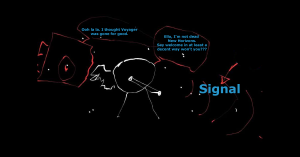• neptune facts for kids
• neptune facts
• neptune planet
• neptune moons
• neptune pictures
• neptune temperature
• neptune distance from the sun
• neptune the planet
• neptune size
• neptune images
Not Finding Your Answer?
Post It On KidzTalk Homework Help
Post It On KidzTalk Homework Help
Report a search problem
mobile version
Copyright 2005-2024 KidzSearch.com






